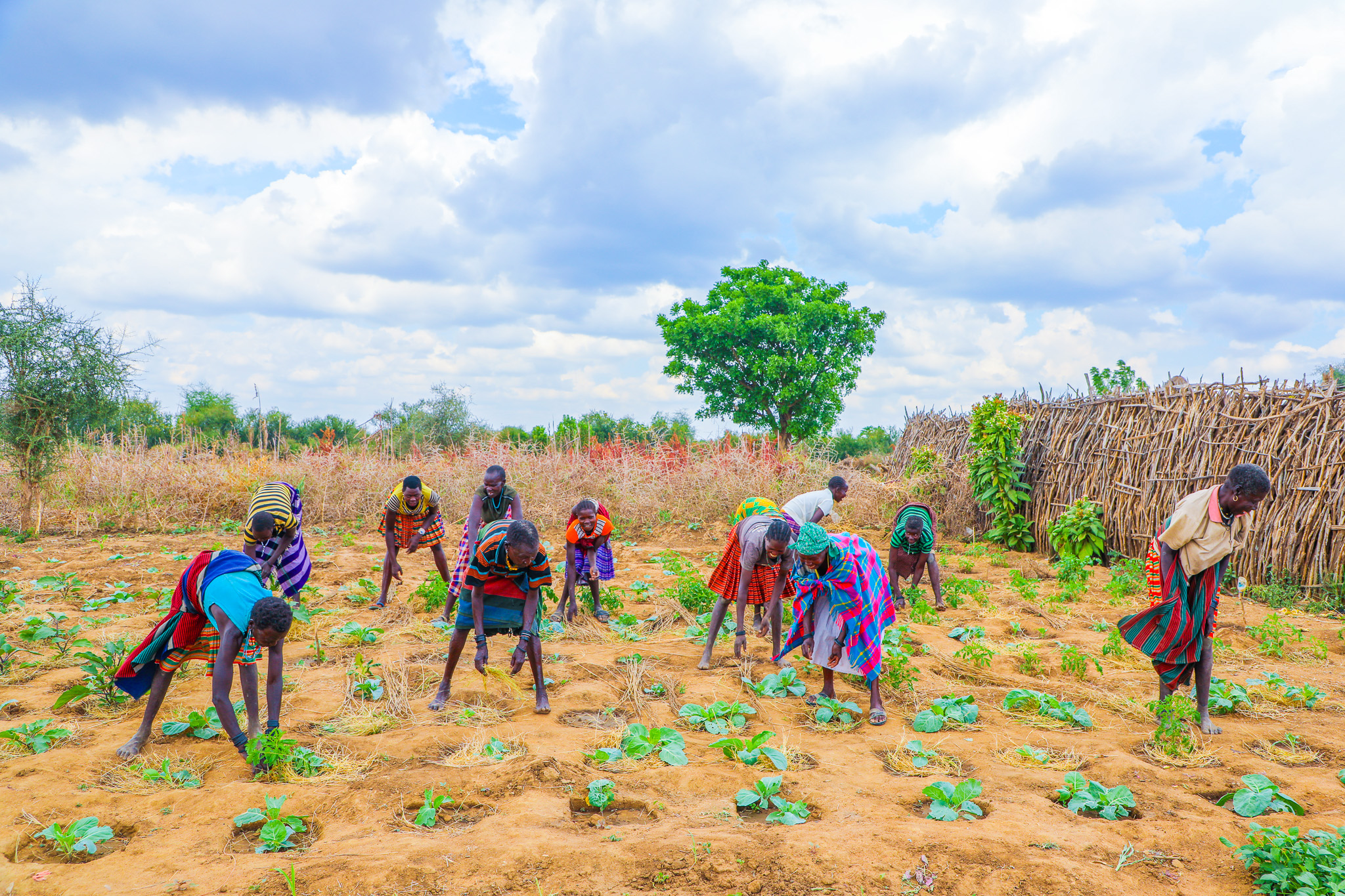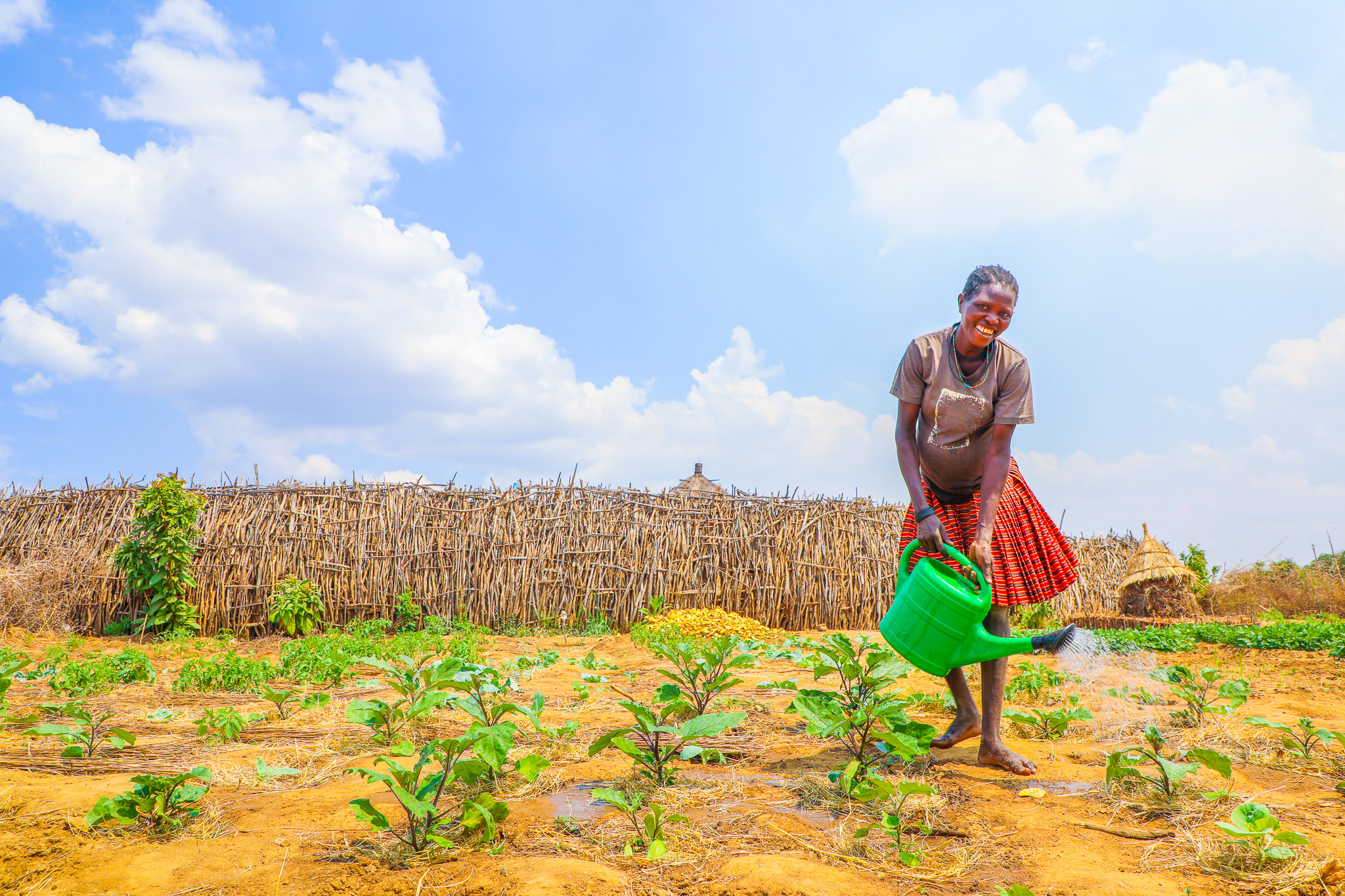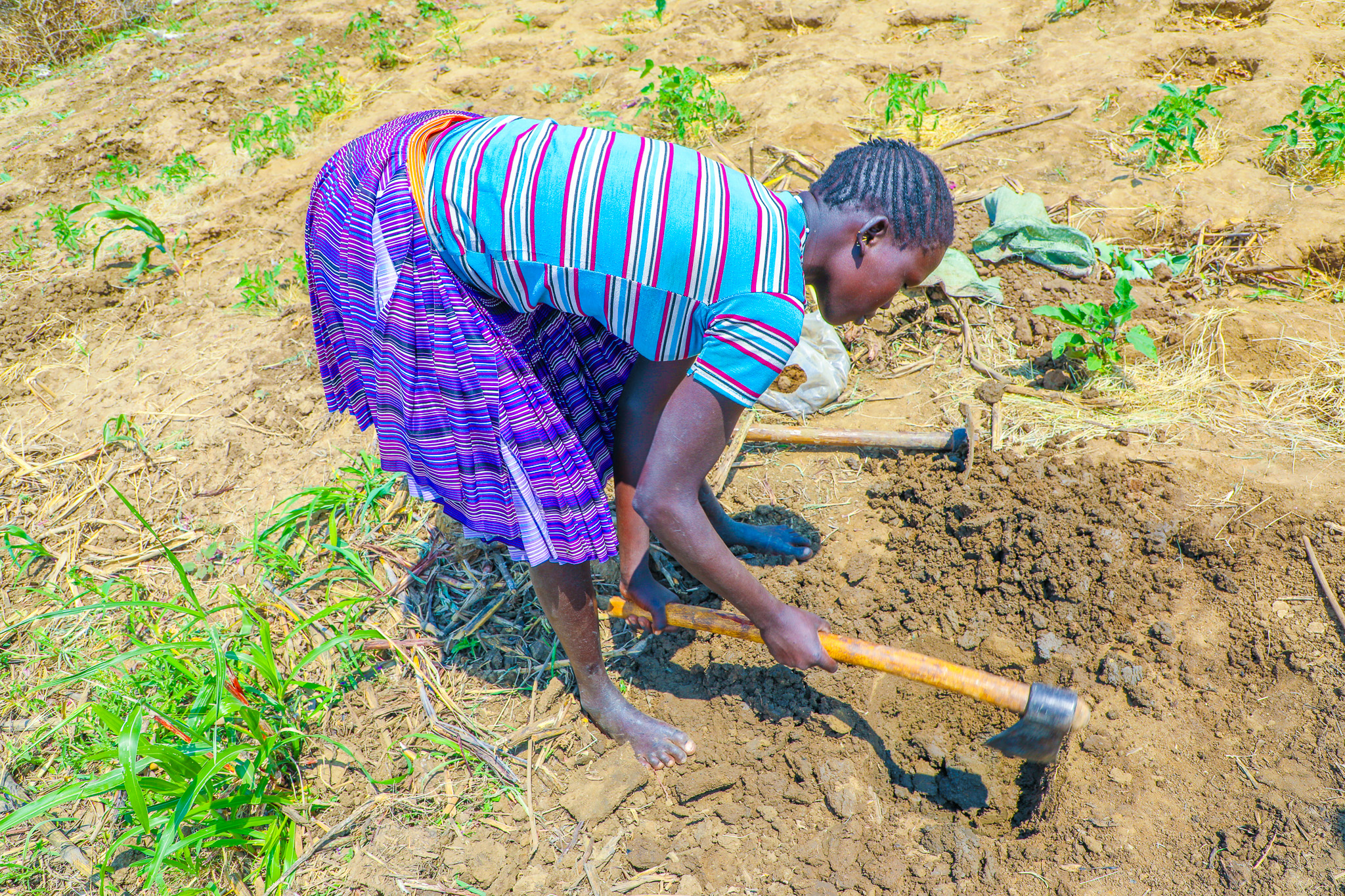Zai Pits Transforming Nutrition and Food Security in Karamoja

In a region long plagued by chronic hunger and malnutrition, a simple yet revolutionary farming
technology is changing lives. Zai pits, introduced by World Vision under the NOURISH project in 2023, are providing a lifeline for families like Mariah’s, offering hope and sustenance in the face of adversity.
“I lost two children to hunger,” recalls Mariah, a mother of six from Kotido district. “I was
helpless and desperate, begging for food, but everyone was struggling.”
Today, Mariah is part of a thriving group of 30 farmers who have adopted Zai pits, transforming
their barren land into lush gardens brimming with life and nutrition.

According to the 2024 Integrated Food Security Phase Classification report, Karamoja faces an
acute nutrition crisis. Over 112,270 children aged 6-59 months and nearly 9,000 pregnant or
breastfeeding women are projected to suffer from acute malnutrition between March 2024 and
February 2025. With 61% of Karamoja’s population living in absolute poverty, sustainable
solutions are desperately needed.
Zai pits are small basins dug into the ground and filled with organic matter such as manure,
compost, or mulch. This boosts soil fertility, enhances water retention, and protects seeds from
erosion, making them particularly effective in arid environments.
Mariah first learned about Zai pits when she noticed members of the Napet Laboret Savings for
Transformation (S4T) group celebrating an exceptional harvest.
“I couldn’t believe my eyes,” she said. “How could people in my area have such a harvest while
others were struggling with food scarcity?”

Inspired, Mariah convinced her group to adopt the technology with support from World Vision.
Together, they planted vegetables and grains, carefully tending to their Zai pits. The results were
remarkable: from a plot that once yielded a single bag of maize and sorghum, the group
harvested three bags of each crop.
“The Zai pits are a gift from God,” Mariah says. “They have helped us fight hunger and
malnutrition in our homes.”
Beyond boosting food production, Zai pits are improving nutrition. “With Zai pits, I can grow
vegetables all year round,” says Mariah. “Even during the dry season, I’m able to provide a
balanced diet for my children.”
Mariah, who suffered from acute malnutrition during a previous pregnancy, is now confident her
unborn baby will thrive. “This time, I have enough nutritious food to keep me and my baby
healthy,” she adds with a smile

The success of Zai pits has sparked interest across Karamoja and beyond. Farmers from
neighboring districts are visiting the Napet Laboret group to learn and adopt the technique.
According to Mildred, the NOURISH Project Manager, more than 1,500 groups have already
been trained.
“The impact has exceeded our expectations,” says Mildred. “District officials in Kotido are now
promoting Zai pits to help farmers grow food even during the dry season.”
Zai pits can increase crop yields by up to 500% when properly implemented. They also collect
over 25% of runoff water, ensuring crops survive even in drought conditions.

For families like Mariah’s, Zai pits are more than just a farming method—they are a pathway to
resilience, hope, and a brighter future. “I no longer fear hunger,” Mariah says. “Zai pits have given me the ability to feed my family and
dream of a better tomorrow.”
By Mungu Jakisa Brian, Communications Officer, World Vision Uganda